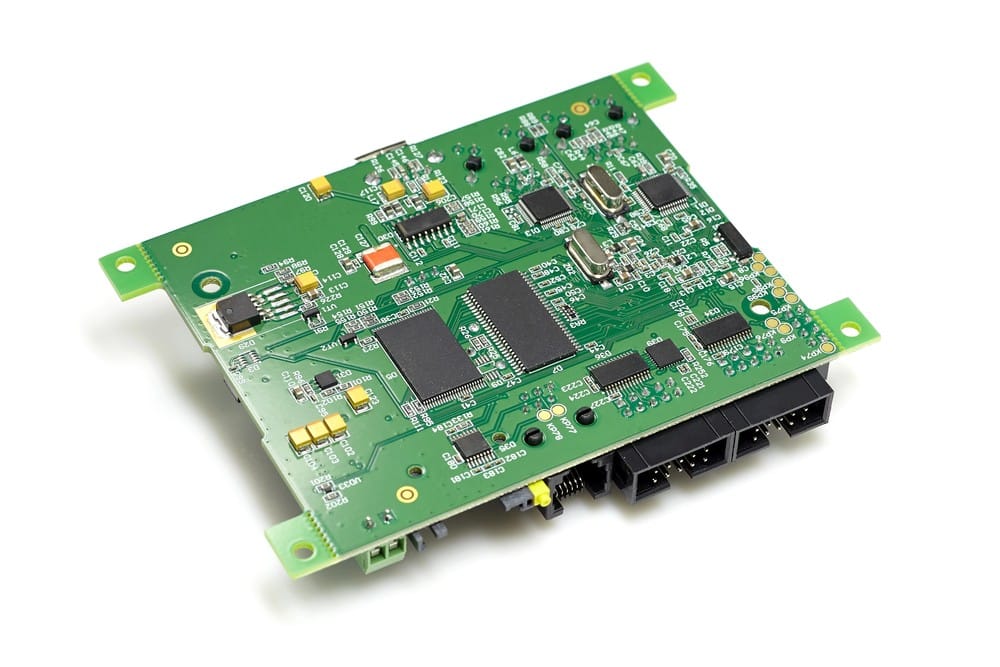The CAN Bus physical layer is the backbone of network reliability, allowing vehicles to communicate efficiently. Its design is critical; precise wiring and termination acting as the foundation to its robust performance. Technical expertise is required to implement it correctly, guaranteeing that the system is both responsive and resilient.
At Sital Technology, our approach to CAN Bus and ARINC-825 is all about synergy. These standards aren’t just checkboxes for us; they are opportunities to enhance the communications backbone of aerospace, avionics, and automotive sectors. By integrating these protocols, we elevate your data exchange capabilities to meet the demands of today and tomorrow.
The Basic Concepts of CAN Bus Physical Layer
The physical layer of a CAN Bus explains how signals travel across the network. It breaks down the journey of information from one point to another. The cables used in this system aren’t just passive carriers; they support the lifeblood of the entire operation. These wires don’t just send data, they protect it from external noise, aiding in the prevention of signal disruption.
Selecting the right type of cable for a CAN Bus system is critical and should align with the operational environment. The flexibility and durability of the cable can have a direct impact on its performance. The cable must also counter potential electronic interference to safeguard the clearness of communication.
The Importance of Proper CAN Bus Termination
A correctly terminated CAN Bus facilitates optimum signal integrity. The termination mainly involves adding resistors at both ends of the network, preventing signals from bouncing back into the system. A common resistance value, 120 Ohms, ensures steady communication across the network.
Precise termination is vital to maintain the performance of a CAN Bus system. The placement, quality, and the resistance value of terminators can greatly influence the data flow. Regular checks and recalibrations of these terminators ensure they continue to function as expected, supporting a consistent exchange of data across the network.
Drawing Connections Between CAN Bus Physics and Network Performance
The Physics underlying a CAN Bus plays a significant role in determining network performance. The layout of the network, the distance between nodes, the type and quality of cables used, the terminators, all these aspects can influence the overall performance.
The positioning of nodes and the choice between shielded and unshielded cables can affect the integrity of signals. The quality of terminators, their resistance value and placement can also alter the clarity of communication across the network.
Taking these physics principles into account during a setup can bring about improvements in a Can Bus system’s performance. It’s about creating a network design that not only ensures high-speed and efficient communication but also safeguards signal integrity.
Matching Termination Resistance to Ensure CAN Bus Network Balance
Following the theme of balance, matching resistance is another crucial aspect of a CAN Bus system. The terminators’ resistance value can directly impact the clarity and speed of communication across the network.
Proper resistance allows signals to remain strong by the time they reach their destination. Too much resistance can weaken signals, whereas too little could make the network susceptible to outside noise.
Regular checks can ensure that each termination point in the network maintains the desired resistance value. This approach supports the consistency of signals across the network, contributing to the smooth functioning of the entire CAN Bus system.
Understanding the Effects of Improper Termination on CAN Bus
Neglecting correct termination in a CAN Bus system can lead to many problems that disrupt communication. Without the right termination, signals might reflect at the end of the cable, leading to signal distortion. This can cause data errors, slowing down system performance or, in worse case scenarios, a complete halt in communication. The system becomes less efficient, compromising the reliability of data transfer across the network.
To avoid these pitfalls, a precise approach to termination is necessary. It allows the system to maintain a high level of accuracy in communication, supporting the smooth operation of the CAN Bus network. The impact of improper termination can’t be overstated. It directly influences the system’s ability to function, emphasizing the need for careful planning and execution in the setup.
Identifying and correcting termination issues quickly ensures the network remains reliable. The CAN Bus system can operate at its best by maintaining proper termination, facilitating clear and effective communication across all nodes.
Analyzing the Interplay of Physical Layer and Data Speeds in CAN Bus
The relationship between the physical layer of a CAN Bus system and its data speeds is critical. The cables’ material quality, length, and overall network design influence how quickly and accurately data travels. A well-designed physical layer supports faster data speeds by minimizing signal degradation and interference.
Selecting the appropriate cables and ensuring proper installation can enhance the system’s performance. Shielded cables, for instance, might be more suitable in environments with high electronic noise, as they can protect the integrity of data transmission.
The interplay between these elements requires attention. It is a balance that ensures the system operates efficiently and can handle the demands of high-speed data transmission. Paying close attention to the physical layer can optimize data speeds and enhance overall performance.
Identifying Common Physical Layer Practices in Diverse CAN Bus Applications
The use of CAN Bus spans diverse industries, each with unique demands. However, some common practices in the physical layer remain essential across all applications. One universal aspect is the need for robust, durable cables that can withstand the specific environmental challenges of each industry. For instance, the aerospace sector may prioritize lightweight and highly reliable cables, while automotive industries might focus more on resistance to heat and chemicals.
The method of cable routing also plays a vital role. Ensuring minimal exposure to potential sources of interference is a common strategy. This includes avoiding parallel runs with power cables where possible and using conduits or shielding to protect against external noise.
Pioneering Safe and Secure DataBus Solutions
Safety and security are not negotiable in our world. Our allegiance to providing safe and secure DataBus solutions means your projects are built on a foundation of trust and reliability. We offer innovative solutions from Airborne Interface Cards to customized IP cores, ensuring the integrity and uninterrupted flow of your data across networks.
With our CAN Bus physical layer expertise and tailored solutions, we’re here to support your ambitions. Get in touch with Sital Technology – where enduring connections begin.



